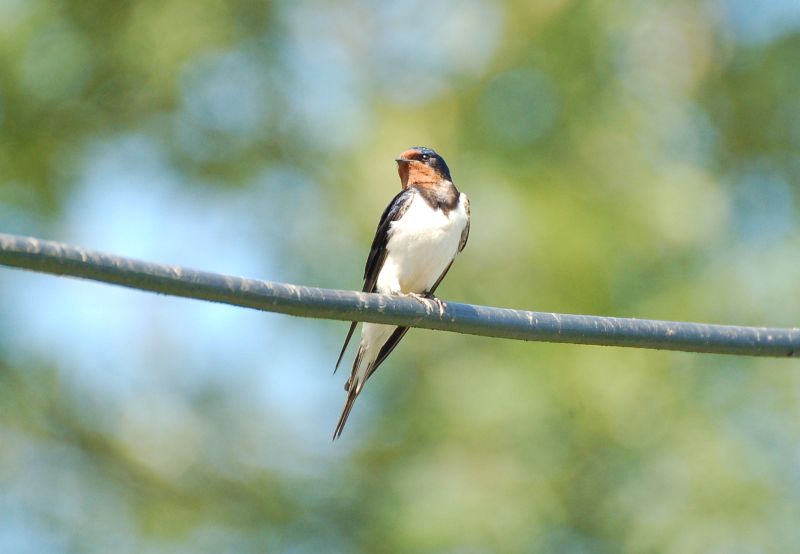
Adding wildflowers to arable field margins could provide a larder of insects for Europe’s declining barn swallow population, a new study has found.
Extensive fieldwork undertaken by Dr Niamh McHugh of the Game & Wildlife Conservation Trust (GWCT) shows that barn swallows, commonly known as swallows in the UK, were more likely to forage along arable field margins sown with wildflowers.
Almost all existing research on the link between agri-environment scheme (AES) measures, such as wildflower margins, and birds focuses on seed-eating species which tend to forage on the ground, which made Dr McHugh even more keen to fill this knowledge gap.
Written by Dr McHugh and her farmland ecology team at the GWCT, the paper titled Use of field margins managed under an agri-environment scheme by foraging Barn Swallows was published in Bird Study.
The paper also considers where margins should be sown to improve their effectiveness for swallows and suggests that placing them alongside hedgerows and verges increases the positive impact shown elsewhere.
Bats and birds
It might not just be birds that benefit from the AES habitats implemented by farmers. Dr McHugh is also researching whether bats, who also forage for insects in flight, respond positively to AES measures designed to support birds and bees.
As the UK moves towards a post-Brexit farming policy, research recognising the variety of species supported by Britain’s farmland becomes increasingly important.
“Current AES policy does not consider how arable land can be managed to benefit aerial insectivores, but our results suggest that there may be a role for AES in the conservation of swallows,” said Dr McHugh.
“The proposed restructuring of UK AES offers opportunities to incorporate new targets for aerial insectivores which could allow the new scheme to widen their beneficial impacts, whilst also providing improved value for money.”
